Remember? When I swore off digital photography and said I was only going to shoot film from now on? It turns out that there were things I took for granted with digital photography that I just couldn’t live without. Hit the jump to find out what made me decide to go back to digital after all!
10 Reasons I Switched Back To Digital Photography From Film And I Really Mean It This Time I’m Shooting Digital And That’s It (Until I Change My Mind Again)

Listen, I’ve been taking pictures for nearly 35 years and a lot of that time has been spent shooting film. Like I said in my previous article, film has a unique look that can’t be duplicated by digital. But when I started shooting film again, I quickly realized that there were many things I took for granted with digital photography that were an integral part of my photographic process. Here’s 10 reasons why I made the switch back.
1 – Technology Matters (Don’t Limit Yourself)

In some ways, only shooting film photography would be like writing a novel on an old style manual typewriter. Old typewriters force you to think about what you’re going to say before you type the sentence. Mistakes are difficult to correct and you lose the ability to cut and paste large bodies of text. Sure you can do it and the process might even focus your skills and make you a better writer in the process. But give me a word processor any day!
As someone who has dedicated the better part of my life to making images I can say that the process of producing traditional analog photographs was always something that stood between me and my creative vision. The first thing many professional photographers did when they started making money was hire an assistant to do the darkroom grunt work. Digital photography lets you concentrate entirely on the image making process.
The reason to shoot film is because you love the process and because it has a unique look that digital photography can’t quite duplicate. But that doesn’t mean that digital photography automatically looks bad. In fact, I think the best thing about digital photogrpahy is that it doesn’t look like film. It’s a new medium, really, that’s busy defining itself while I wrangle with my desires to hold onto the past.
2 – Pixels Are Free
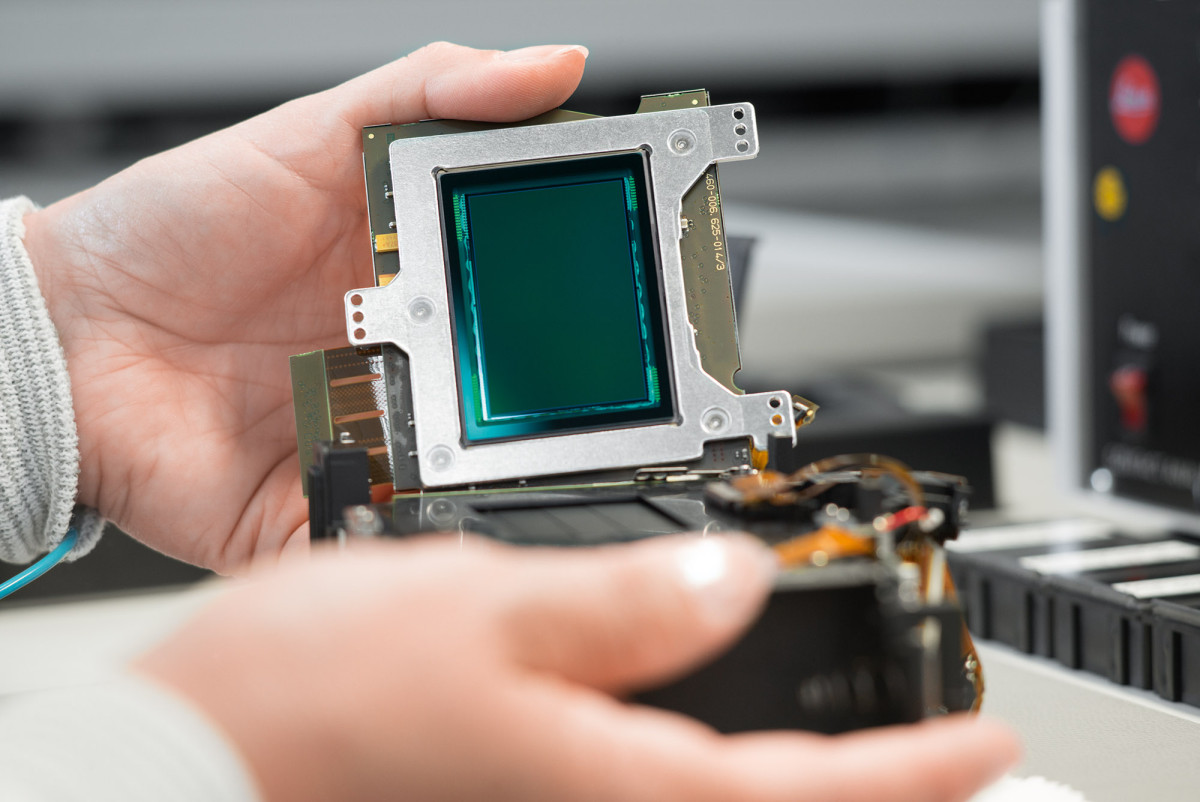
Once you own a digital camera the cost of shooting becomes virtually zero. I suppose you could argue that there’s an energy cost involved in charging batteries but I’d say that’s small enough to be insignificant. The reality is that digital photography is basically free until you wear out your camera (or the G.A.S. kicks in!)
The cost of shooting film can quickly add up. Portra 400 is currently selling for around $8 US a roll and processing at Costco (if you can find one that still processes C-41) is around $2. If you want scans with your processing that price goes up to $5 last time I checked. That works out to around 36 cents a frame.
The chemicals to process C-41 at home will cost you around $25 for 8 rolls of film so there’s really no advantage over the big box stores.
Doesn’t sound like much until you start to add things up. Last summer I shot 9000 frames, and I’ve shot another 4000 over the winter. 13,000 frames would have cost me around $4600 in film and developing costs if I shot Portra 400.
This why I had decided to shoot black and white film and develop and scan everything myself. You can bulk load HP5+ for around 3.00 per roll of 36 exposures and D-76 developer and fixer ended up costing me around $1.25 per roll. That’s around 12 cents a shot or $1560 in film and chemicals to shoot for the past 8 months.
The cost of shooting film adds up quickly.
Pixels are free.
3 – You Never Run Out Of Film With Digital Photography
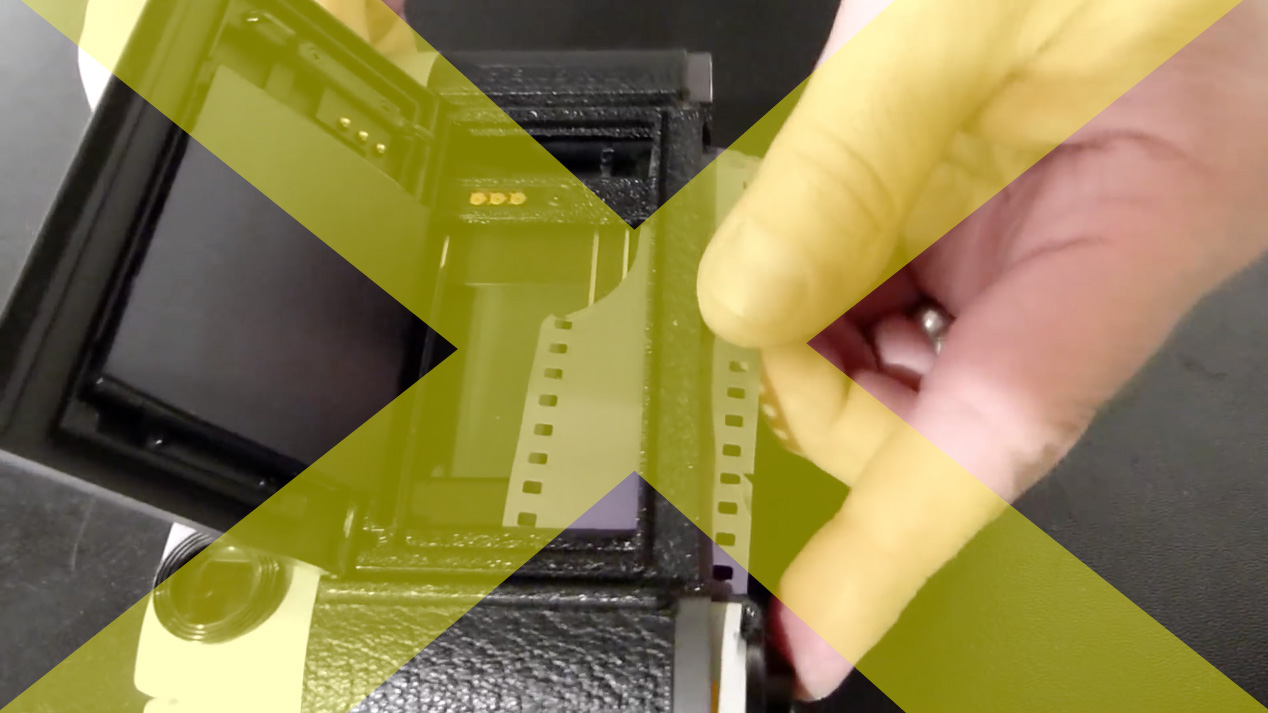
Film cameras are limited to 36 exposures per roll and I’ve found that most film photographers carry less than 10 rolls of film with them at any given time. Eventually, you’re going to run out of film.
When Garry Winogrand was asked how he felt about missing photographs while he reloaded his camera with film, he replied “There are no photographs while I’m reloading.” It’s possible the world stopped if Garry Winogrand wasn’t photographing it but just about every other film photographer has seen photographs pass them by while they’re halfway through reloading film. It happens.
On top of this, if you exhaust your supply of film on a day of shooting you might be hard pressed to find anywhere to buy more. I took 20 rolls with me on a trip to L.A. a couple years back and thought I’d never go through that many shots. But then things started heating up and I burned through my entire stock. It’s L.A. so I was able to find a photo store that sold Tri-X but I ended up paying nearly double what I would pay from my regular retailer.
I guess you could argue that batteries are the film of digital photography. Just when you think you have enough juice you’ll run out and miss the next great shot. This one might be a draw!
4 – For Every Matt Stuart There’s A Jack Simon
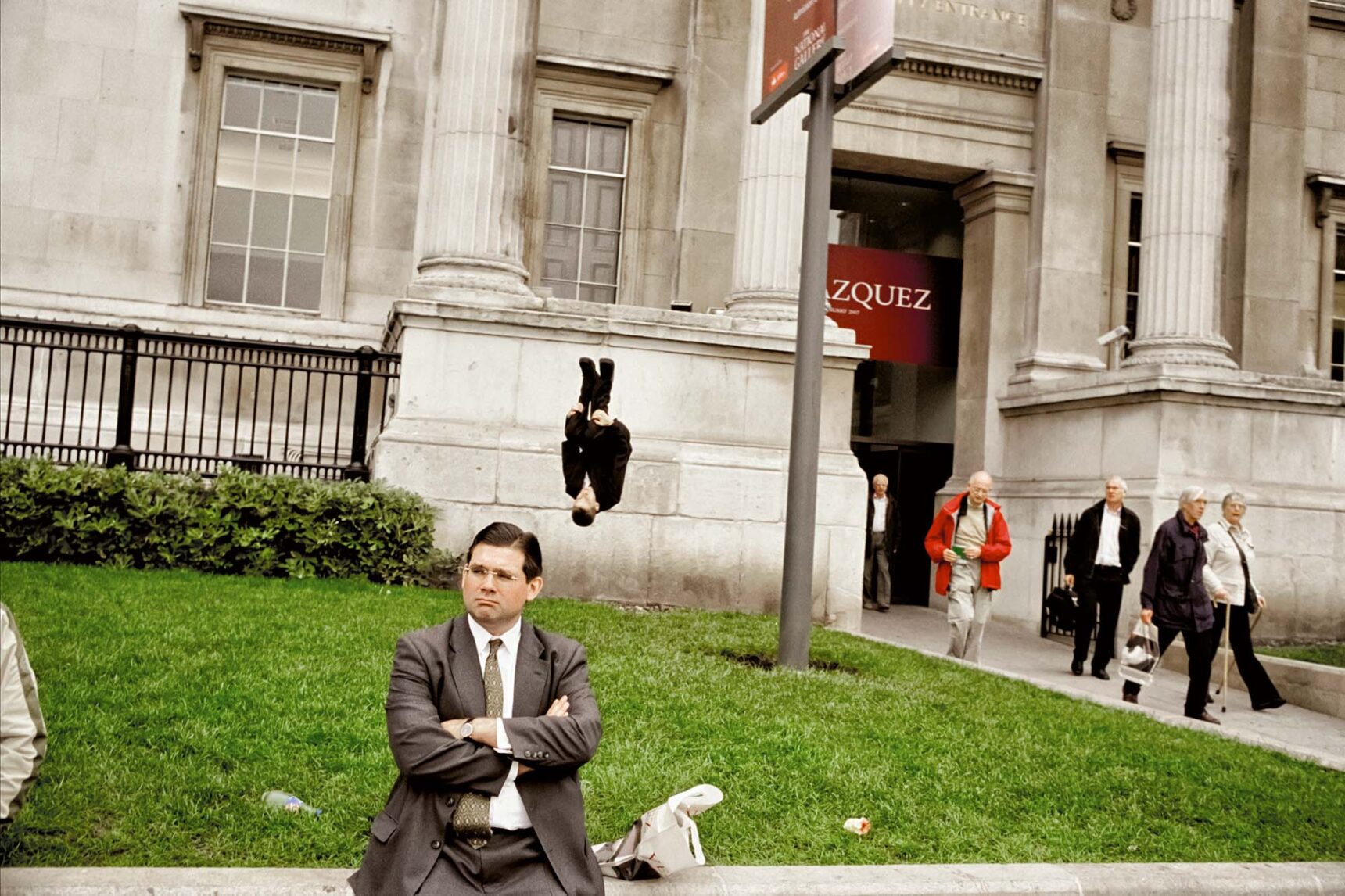
I think we have a tendency to look up to street photographers who shoot film. There’s more at risk with every shot so the hits seem to be that much more valuable. But I’d argue that for every analog street photographer there’s a digital street photographer who’s producing very different but equally excellent work.
Matt Stuart is well known for walking the streets with a Leica MP loaded with Fuji Superia film. Jack Simon shoots with the democratic Fuji X100T (he recently upgraded from the X100S). Both photographers know their equipment and are able to use it to capture images which reflect their own personal vision of the world. Who’s the better photographer? That I can’t say but I’ll wager that it has nothing to do with what camera they’re using.
Take a look at the Hardcore Street Photography group on Flickr and you’ll see countless examples of amazing work from digital street photographers side by side with analog photos. At some point it has to become about the final image no matter how you get there. Don’t be held back by labels and ideas of what photography is or isn’t. Just shoot and develop your own vision!
5 – I Chimp Therefore I Am

Chimping is the term used to describe the act of habitually looking at the LCD screen on the back of your digital camera after every exposure. Eric Kim makes some good points about why you should avoid chimping in street photography but the reality is that the LCD screen is part of every digital photographer’s tool set. You can see your images right after they’ve been made and when used properly chimping can lead to informed image making.
When used properly.
I agree with Eric Kim, you don’t need to look at every shot every time you make an exposure. If your eyes are on your LCD screen then they’re not on the road and you run the risk of missing the next great shot. Also the LCD screen is too small to make out any detail. You simply can’t judge the worth of a photograph on that tiny little thing.
So when do I chimp? Honestly, I use chimping to occasionally evaluate exposure as I’m shooting. I shoot manually and set the aperture and shutter speed based on my own experience or sometimes I’ll use a handheld light meter. But if it’s a tricky situation or the light is changing I’ll grab a quick snap of the scene and quickly judge my exposure on the camera’s LCD. This can be tricky one because every LCD is different but if you use the same camera for long enough you’ll get a feel for how your LCD relates to the final image.
And, truth be told? Sometimes I can’t resist having a look.
I think back to the shot of Darth Vader crossing the street. I saw him on the other side of the intersection and patiently waited as he crossed the street. Hoping he would walk in front of my camera instead of behind me. He passed in front of my camera as the traffic and other pedestrians were moving and I had one chance to line everything up in the viewfinder and make order of the chaos while still trying to capture the lonely expression of the man in the costume. Everything happened in an instant and I got one shot before all the elements in the frame went their own way and disappeared forever.
I remember walking a few paces before thinking, “Oh I gotta see If I got that one!” I chimped. I admit it!
Fortunately nobody was there to see it happen.
6 – The Leica M (Typ 240)

The Leica M 240 is a true full frame rangefinder camera that accepts all Leica M series lenses. It’s a bit of a tank and there was a lot of talk about the quality of the CMOS sensor used in the latest version of Leica’s flagship camera. But I’ve been shooting with it for over 6 months and it feels good to have it back in my hands.
The viewfinder on the M 240 is markedly better than the one on the Leica MP. The M 240 viewfinder uses dimmable LEDS for the frame lines that are way more visible than the MP. I also feel like my eye had “more room” in the M 240 viewfinder. This might be due to the .68 vs..72 magnification but everything seemed a bit easier to frame in the digital Leica M.
I picked up a Leica M 240 late last year and was planning to sell it once I made the switch to film. Fortunately I hung onto it and I can keep shooting with it as if nothing happened. My real-world review of this camera should be ready real soon!
7 – VSCO Presets Look Pretty Damn Good
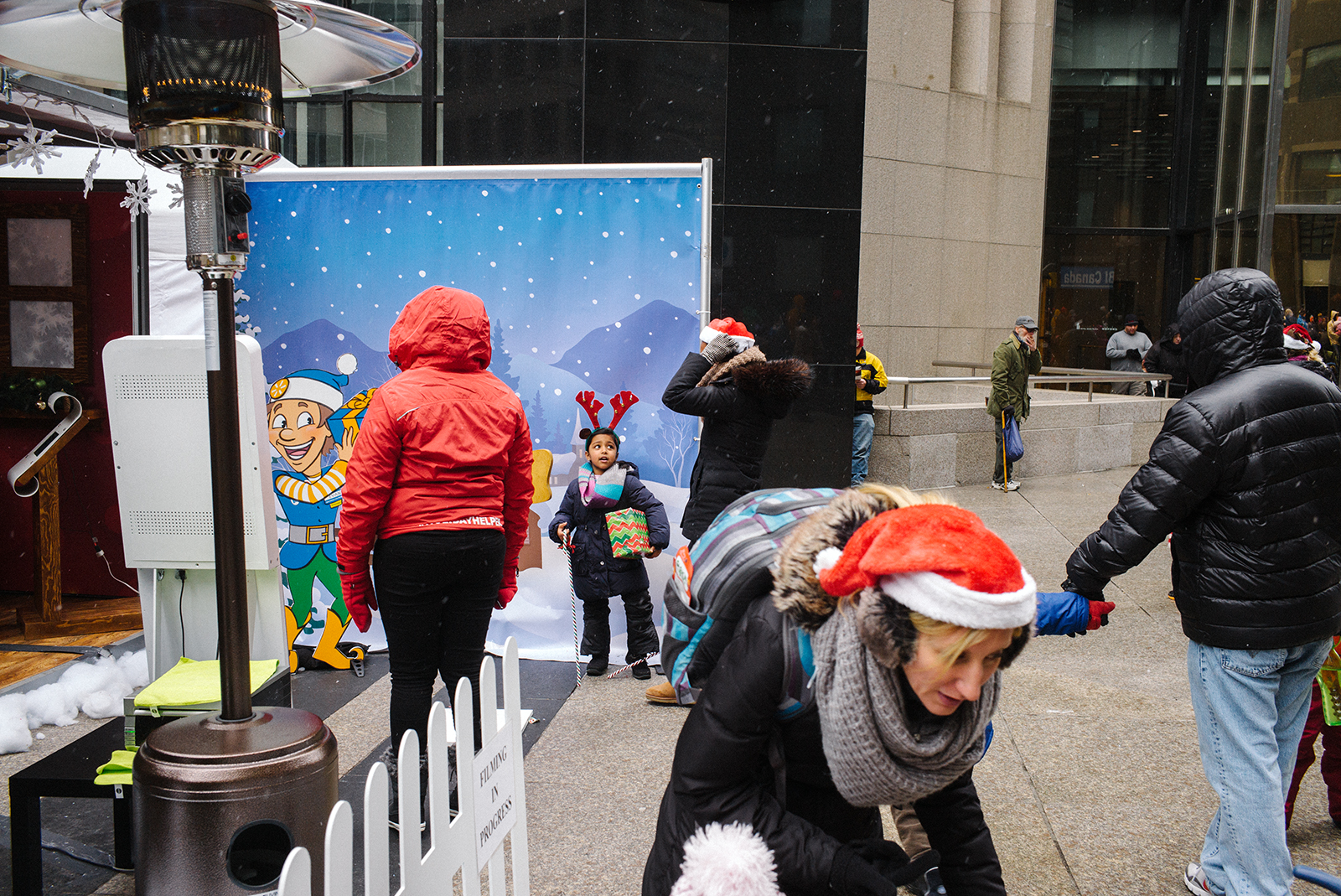
Nobody will deny that film has its own unique quality that many photographers prefer to digital. Heck, I’m one of them! But film simulation for digital files has come a long way. The VSCO presets are pretty much top of the line for simulating a wide variety of films and definitely worth checking out.
The free VSCO 00 Starter Pack includes 2 of their most popular presets – Kodak Gold for color and Kodak Tri-X for black and white. The VSCO Tri-X preset is pretty damn good right out of the box but you can still tweak your files in Lightroom after applying the preset. And, as with all things lightroom, the adjustments are non-destructive. Don’t like it? Undo.
It won’t be long before technology bridges the gap between the convenience of digital and the beauty of analog film. I can see a day when we’ll be able to dial in the exact film look we’re after as part of our existing digital workflow. But until that happens VSCO presets are as close as you’re going to get!
8 – Change ISO Any Time You Like
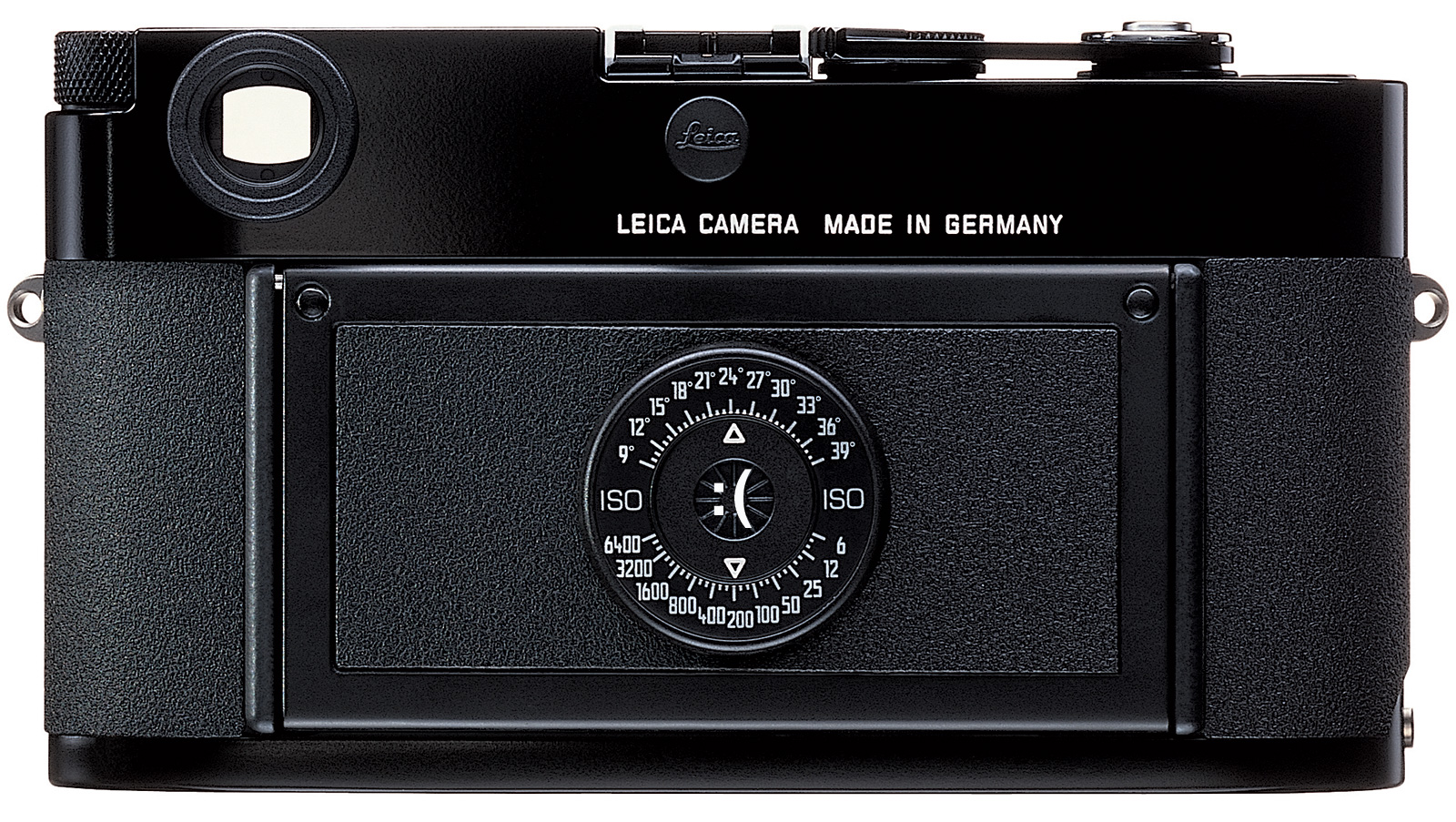
Film photography means your ISO is determined by your film stock. You can successfully push some films and get acceptable results but you sacrifice contrast and grain in the process. Once a roll is exposed at a certain ISO you’re pretty much stuck shooting the entire roll at the same speed.
A lot of photographers load and unload rolls of film from their cameras when they need to change speeds mid role. This works but it’s a royal PITA. You can get around this problem by stand developing your film in Rodinal developer. The developer exhausts itself on the more exposed areas of the film meaning the underexposed areas get developed more over a long period of time. This has the effect of letting you use different ISO speeds from frame to frame and still get acceptable results. Personally I never liked the way Rodinal developed film looks but it’s an option.
And then came digital. Variable ISO shot to shot, any time you need. The first few generations of digital cameras suffered greatly from using ISO higher than the camera sensor’s base ISO – anyone who ever tried to shoot with at anything higher than 800 ISO on a Leica M9 knows what I’m talking about!
But things have come a long way and modern cameras can shoot in virtual darkness and get excellent results. The Sony A7S is the current king of the hill for high ISO performance but I’m comfortable using my M 240 between 400-1600 ISO without batting an eyelash. Oddly that’s about the same range that I would shoot HP5+ or Tri-X. Only difference is with digital I can do it any time I like.
How often does this come up? More than you might think. At 400 ISO a full sun exposure comes in at around f8 @ 1/1000 sec. Full shade is f8 @ 1/60 sec. If I’m shooting in full shade, I jack the ISO to 1600 and shoot at 1/250 sec and can stop the action most of the time. Pretty handy if you’re shooting around noon hour – just hit the shady side of the street and keep on shooting!
9 – I’m Always Learning
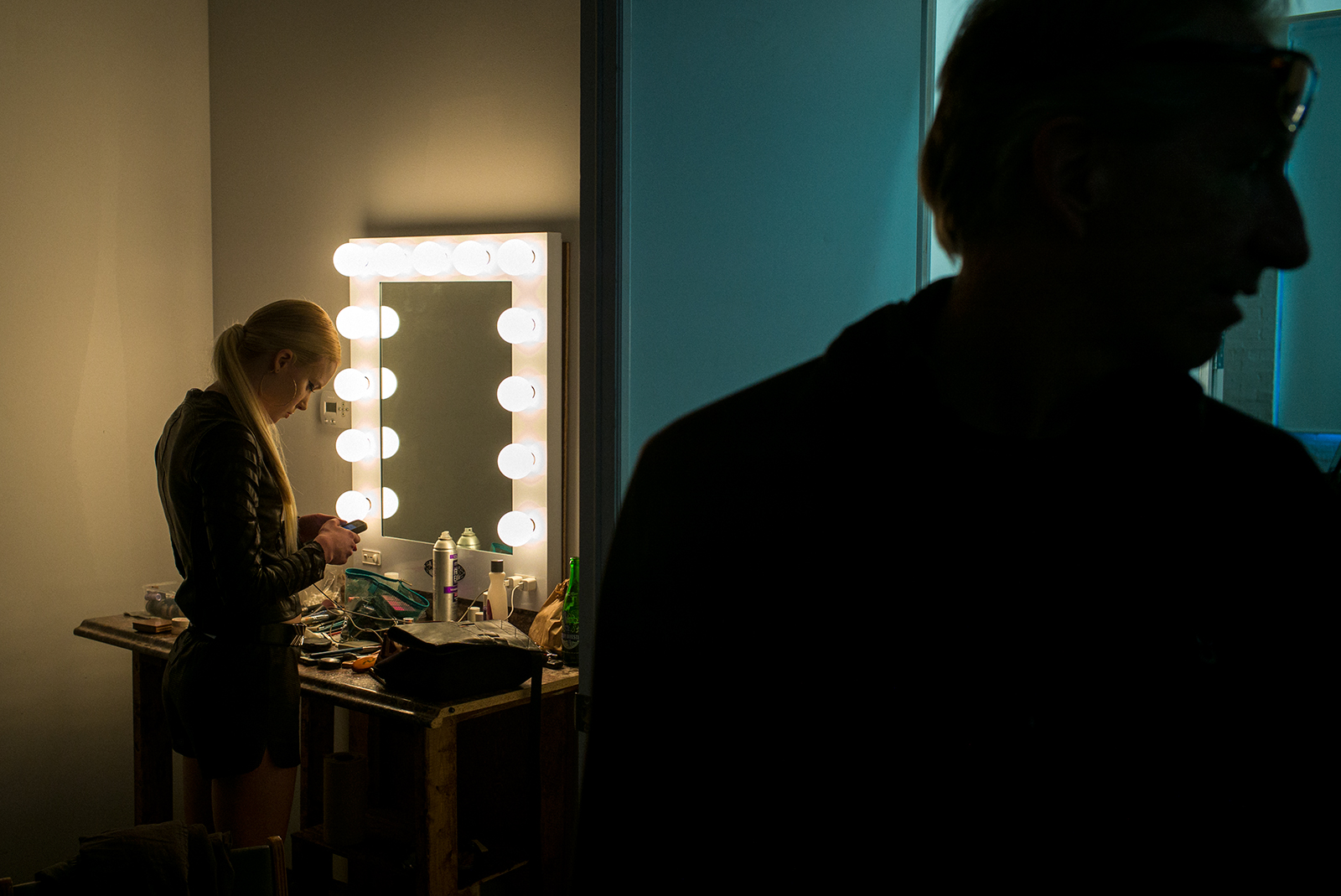
I’ve been shooting on and off for over 30 years but I still feel I’m always learning. It’s almost like every shot I take informs the next shot I’m going to take so the ability to see my work quickly is extremely important to me. The instant nature of digital photography means I can learn from my mistakes as well as my successful shots every time I shoot.
While I appluad people like Eric Kim for waiting a year to develop 164 rolls of film, it would make me a little crazy. I’d be worried the camera was broken and every roll would turn out blank. Or that my lens was misaligned and everything was suddenly out of focus.
Being able to see my work as I go makes me feel connected to the process of shooting and it’s one thing digital does very well.
10 – I’m A Color Shooter

The economics of shooting film meant I could only shoot black and white. I can bulk load HP5+ and develop it myself for around 5 bucks a roll. I have a scanner so that’s free (if you don’t count the value of my time). In Canada, a roll of Portra 400 costs 14.69 after tax and develop / scan at Downtown Camera is another $10. $24.69 every 36 images works out to 69 cents a frame. Way too much once I’ve spent all my money on expensive Leica gear (don’t judge).
I honestly love the way black and white looks but I’m not a great black and white shooter. I see the world in color, and I think I’m a better photographer when I’m shooting color. Digital photography means I can shoot color until the cows come home with no added expense.
Because pixels are free.
StreetShootr’s Take
Both film and digital have their strong points. But ultimately the decision to switch from film back to digital photography was based on time. Between my regular job and writing for StreetShootr, I’m super busy and that means I have to prioritize my time very carefully each day. Developing and scanning 2 rolls of film took me anywhere from 2-3 hours. And when it comes right down to it I’d rather be shooting with that time than hunched over a developing tank or a scanner.
Don’t get me wrong, some of the process was entirely enjoyable. Developing film was quite therapeutic as the water ran into the sink at a perfect 20 degrees Celesius while I counted down the seconds until the next agitation. Carefully inverting and twisting the tank 3 times every 60 seconds before tapping it lightly on the counter to release any air bubbles that might be clinging to the film. Throw on an Enya CD and call it a spa!
Scanning was a bit more tedious and involved long periods of waiting for the scanner to complete its preview cycle before deciding if a shot was a keeper and worthy of a full resolution scan. I’d generally have the television on while this was happening so I wasn’t sitting there in silence while i slowly lost my mind. But I was sitting still when I could have been on the street looking for images.
I could have shaved some time off the production process by investing in a flatbed scanner that would allow me to batch process multiple strips of negatives at once. But instead, I decided to just give in and shoot digital from the get go.
There’s no doubt in my mind that I’ll shoot film again one day. But that’s still a little while off. In the meantime I’m confident in my decision to return to digital photography. At the end of the day it’s all about the images – not how the images were made.
See Also: 10 Reasons I Switched From Digital To Film Photography
What’s your take on the digital photography vs. film debate? Does it matter to you how an image is created? Post your ideas in the comments below and keep the conversation going!


